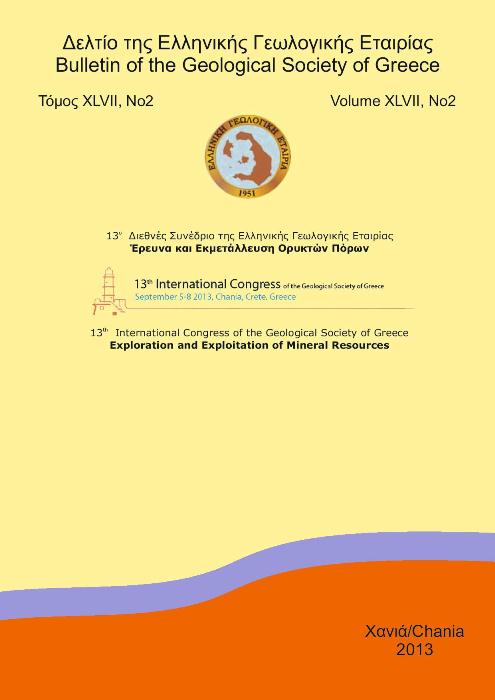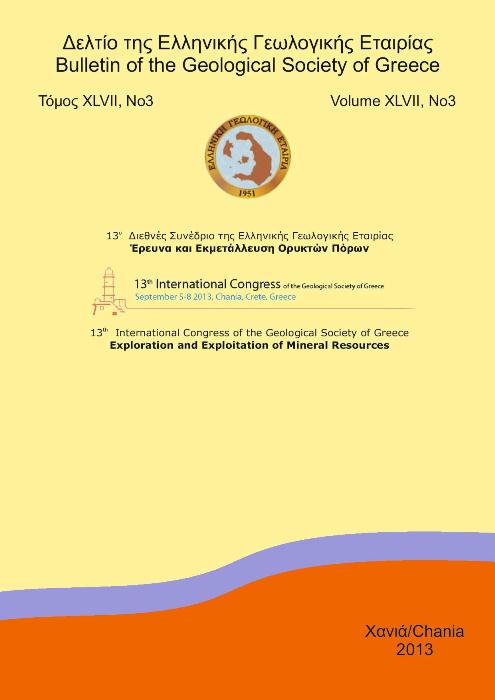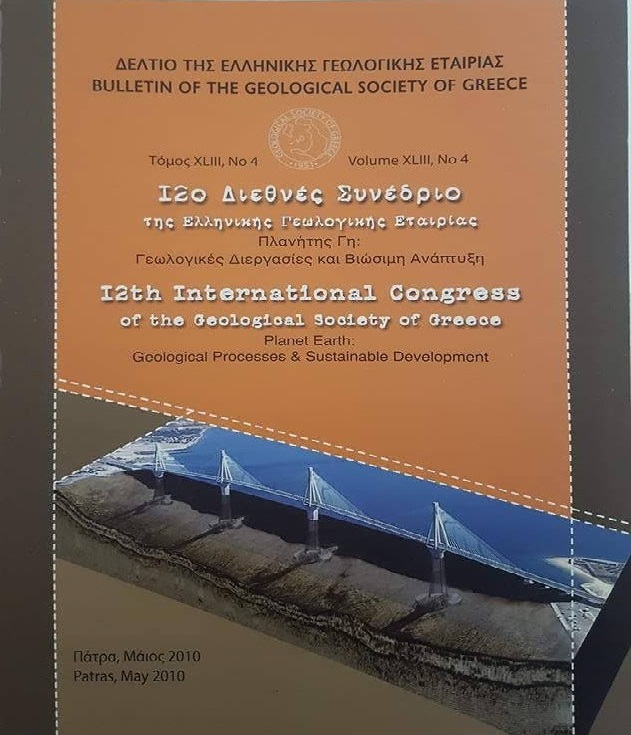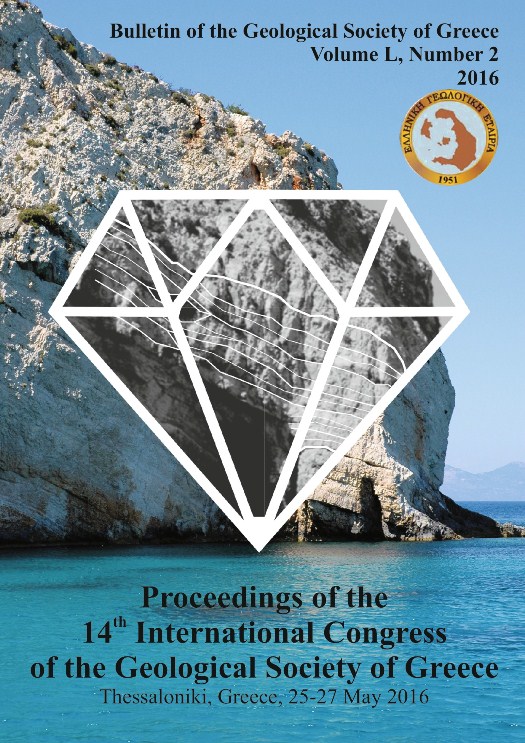ASSESSING GROUND SUBSIDENCE PHENOMENA WITH PERSISTENT SCATTERER INTERFEROMETRY DATA IN WESTERN THESSALY, GREECE
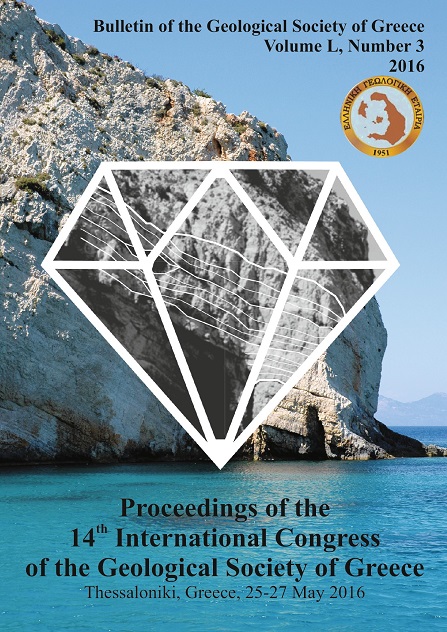
Abstract
The main objective of the present study was to investigate ground subsidence in the wider area of Farsala, western Thessaly basin, by means of remote sensing techniques and to identify potential geo environmental mechanisms that contribute to the development of the observed surface fractures affecting the site. In this context, a set of Synthetic Aperture Radar (SAR) images, acquired in 1995-2003 by the European Space Agency (ESA) satellites ERS1 and ERS2 and processed with the Persistent Scatterer Interferometry (PSI) technique by the German Space Agency (DLR) during the Terrafirma project, were evaluated in order to investigate spatial and temporal patterns of deformation. Groundwater table levels of three water boreholes within the research area were processed providing the mean piezometric level drawdown and the mean annual drawdown rate. In addition, a quantitative comparison between the deformation subsidence rate and the thickness of the compressible sediments was also performed. The outcomes of the present study indicated a clear relationship in the subsidence deformation rate and the groundwater fluctuation and also a correlation between the depth of the bedrock and the deformation subsidence rate. Overall, the multitemporal SAR interferometry (DInSAR) data are proved as a valuable and suitable technique for increasing knowledge about the extent and the rate of the deformations in the current study area, proved to be affected with an increasing intensity.
Article Details
- How to Cite
-
Ilia, I., Loupasakis, C., & Tsangaratos, P. (2016). ASSESSING GROUND SUBSIDENCE PHENOMENA WITH PERSISTENT SCATTERER INTERFEROMETRY DATA IN WESTERN THESSALY, GREECE. Bulletin of the Geological Society of Greece, 50(3), 1693–1702. https://doi.org/10.12681/bgsg.11892
- Section
- Remote Sensing and GIS

This work is licensed under a Creative Commons Attribution-NonCommercial 4.0 International License.
Authors who publish with this journal agree to the following terms:
Authors retain copyright and grant the journal right of first publication with the work simultaneously licensed under a Creative Commons Attribution Non-Commercial License that allows others to share the work with an acknowledgement of the work's authorship and initial publication in this journal.
Authors are able to enter into separate, additional contractual arrangements for the non-exclusive distribution of the journal's published version of the work (e.g. post it to an institutional repository or publish it in a book), with an acknowledgement of its initial publication in this journal. Authors are permitted and encouraged to post their work online (preferably in institutional repositories or on their website) prior to and during the submission process, as it can lead to productive exchanges, as well as earlier and greater citation of published work.



